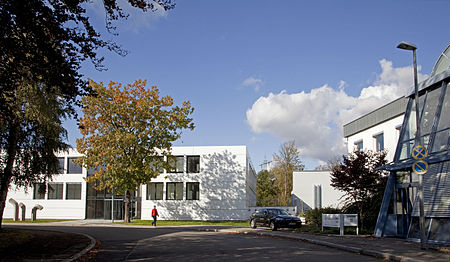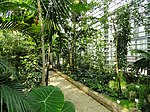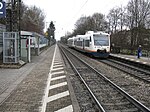Fraunhofer Institute for Mechanics of Materials

The Fraunhofer Institute for Mechanics of Materials IWM (German: Fraunhofer-Institut für Werkstoffmechanik) in Freiburg, Germany, is a division of the Fraunhofer-Gesellschaft which focuses upon application-oriented research. The Fraunhofer IWM is a research and development partner for both industry and public institutions whose themes include the safety, reliability, life expectancy and functionality of materials in components and manufacturing processes. The broad spectrum of services offered by the Fraunhofer IWM's business units aid their clients and project partners in the assessment and continuing development of highly stressed materials and components and in the optimization of production process. Established in 1971 in Freiburg in Breisgau, the institute expanded in 1992 to include a location in Halle (Saale). On 1 January 2016 the Halle division of the Fraunhofer IWM became the Fraunhofer Institute for Microstructure of materials and Systems IMWS.
Excerpt from the Wikipedia article Fraunhofer Institute for Mechanics of Materials (License: CC BY-SA 3.0, Authors, Images).Fraunhofer Institute for Mechanics of Materials
Wöhlerstraße, Freiburg im Breisgau Brühl
Geographical coordinates (GPS) Address Website Nearby Places Show on map
Geographical coordinates (GPS)
| Latitude | Longitude |
|---|---|
| N 48.0335 ° | E 7.8519 ° |
Address
Fraunhofer-Institut für Werkstoffmechanik
Wöhlerstraße
79108 Freiburg im Breisgau, Brühl
Baden-Württemberg, Germany
Open on Google Maps








